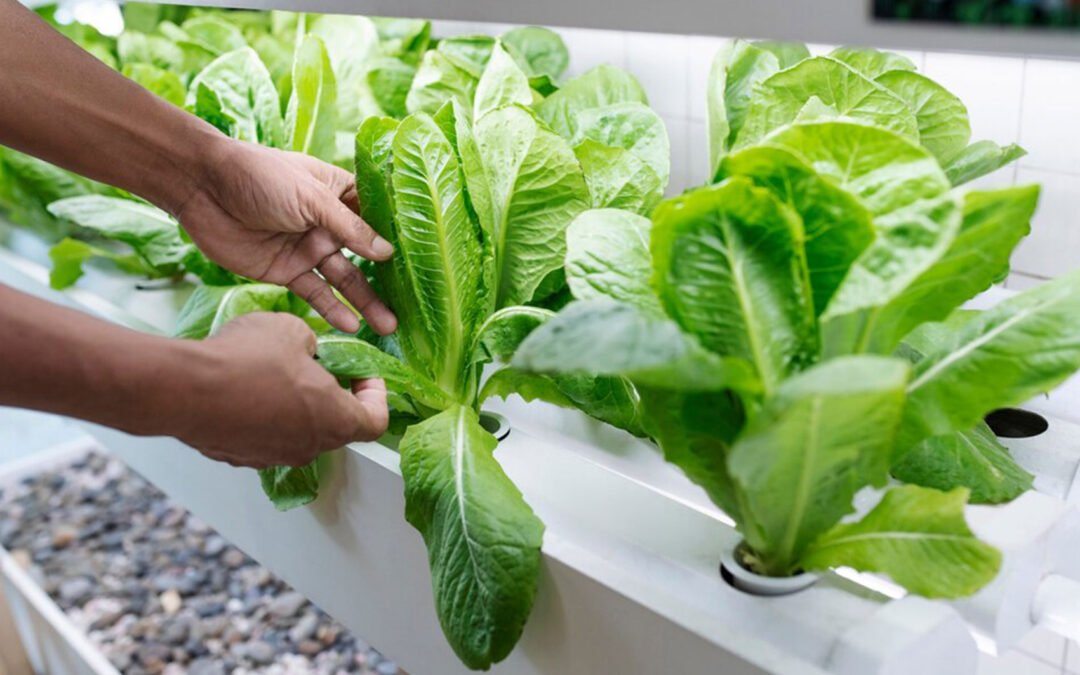Aquaponics is an innovative and sustainable method of farming that combines aquaculture (raising fish) with hydroponics (growing plants without soil). This system allows for a symbiotic relationship where fish waste provides essential nutrients for plants, and the plants help filter and clean the water for the fish.
With the increasing demand for sustainable agriculture, aquaponics offers a highly efficient and eco-friendly solution for growing fresh vegetables and fish. Whether you’re a beginner or an experienced farmer, setting up an aquaponic farm can be a rewarding venture. This method is also a great complement to indoor farming, allowing year-round production in controlled environments. In this guide, we will walk you through the step-by-step process of establishing your own aquaponic farm successfully.
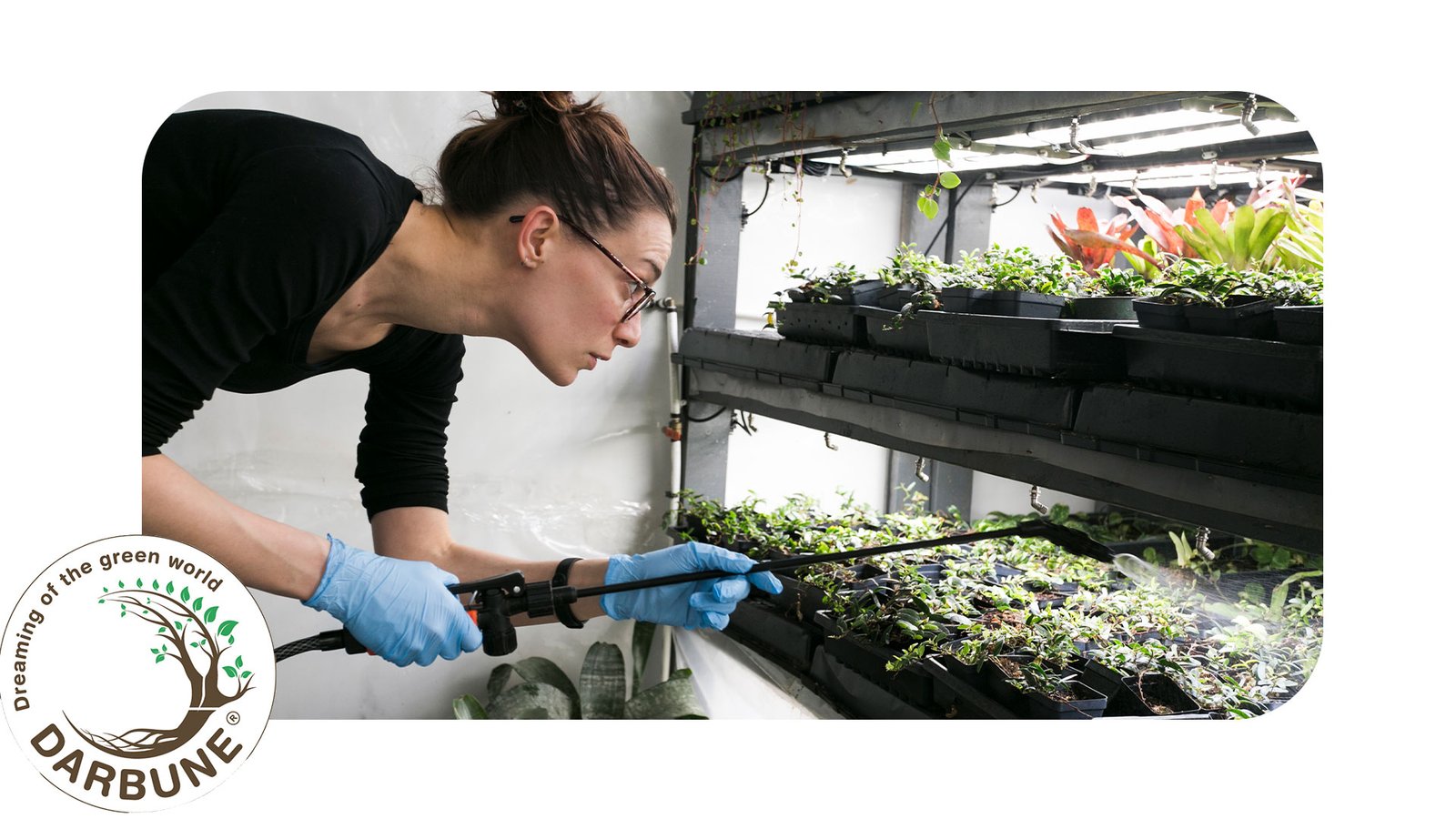
Step 1: Understanding the Basics of Aquaponics
What is Aquaponics?
Aquaponics is a closed-loop farming system that integrates fish farming and plant cultivation. The key components include:
- Fish tank: Where fish are raised and their waste accumulates.
- Grow beds: Where plants grow using nutrient-rich water.
- Water pump & filtration system: To circulate and clean the water.
Benefits of Aquaponics
- Water-efficient: Uses up to 90% less water than traditional farming.
- Chemical-free: No need for synthetic fertilizers or pesticides.
- High productivity: Produces both fish and plants in the same system.
- Sustainability: Reduces waste and minimizes environmental impact.
- Integration with AI: Advanced Use AI in Hydroponic Farming techniques can help optimize nutrient delivery and monitor water quality efficiently.
Step 2: Planning Your Aquaponic Farm
Choosing the Right Location
- Indoor vs. Outdoor: Decide whether you want an indoor setup (greenhouse) or an outdoor farm.
- Climate Conditions: Consider temperature, sunlight, and seasonal changes.
- Space Requirements: Ensure you have adequate space for tanks, grow beds, and water circulation.
- Urban Farming Potential: If space is limited, you can Start an Urban Farm on a Rooftop or Set Up a Beautiful Balcony Garden to maximize efficiency in small areas.
Selecting the System Type
There are different aquaponic system designs to choose from:
- Media-Based System (Best for beginners) – Uses gravel or clay pebbles as a growing medium.
- Nutrient Film Technique (NFT) – Ideal for leafy greens and herbs.
- Deep Water Culture (DWC) – Plants float on rafts above nutrient-rich water.
Understanding Types of Indoor Farming can also help you decide on the best approach for your setup.
Step 3: Selecting Fish and Plants
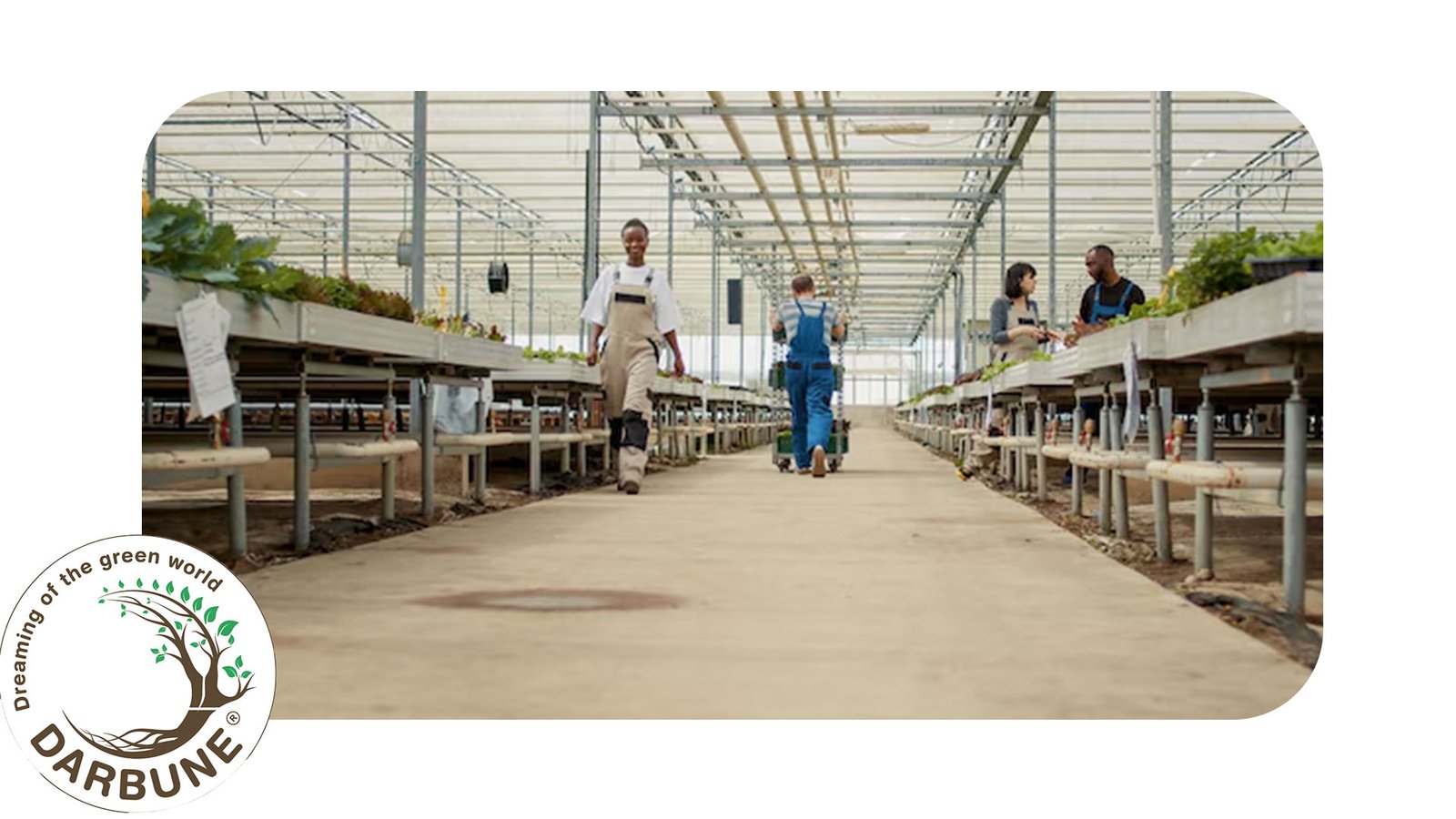
Best Fish for Aquaponics
Choose fish that are hardy and well-suited for your climate:
- Tilapia – Fast-growing and tolerant of various conditions.
- Trout – Suitable for cooler climates.
- Catfish – Hardy and easy to maintain.
- Goldfish/Koi – Ideal for decorative or small-scale systems.
Best Plants for Aquaponics
- Leafy Greens: Lettuce, spinach, kale, basil.
- Fruit-bearing Plants: Tomatoes, peppers, strawberries.
- Herbs: Mint, parsley, cilantro.
Step 4: Setting Up Your Aquaponic System
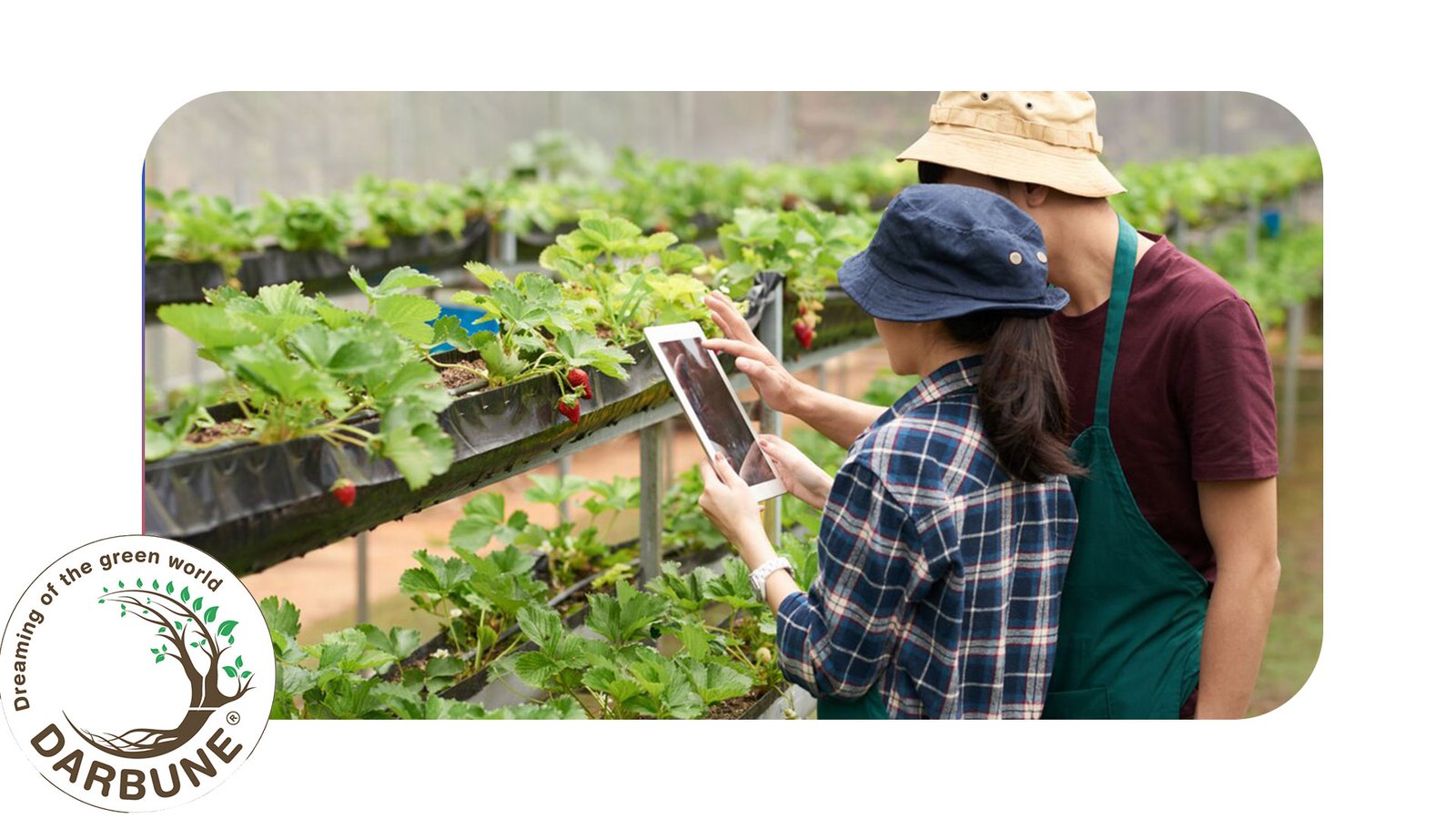
Equipment and Materials Needed
- Fish tanks
- Grow beds
- Water pump and aeration system
- Filtration system (mechanical & biological)
- pH and ammonia test kits
Assembling the System
- Install the Fish Tank – Choose a sturdy tank that can hold the required volume of water.
- Set Up the Grow Beds – Position them above the fish tank for easy water circulation.
- Install Water Pump and Filters – Ensure proper water movement between the fish tank and grow beds.
- Add the Growing Medium – Use expanded clay pebbles or gravel.
Step 5: Cycling and Maintaining Water Quality
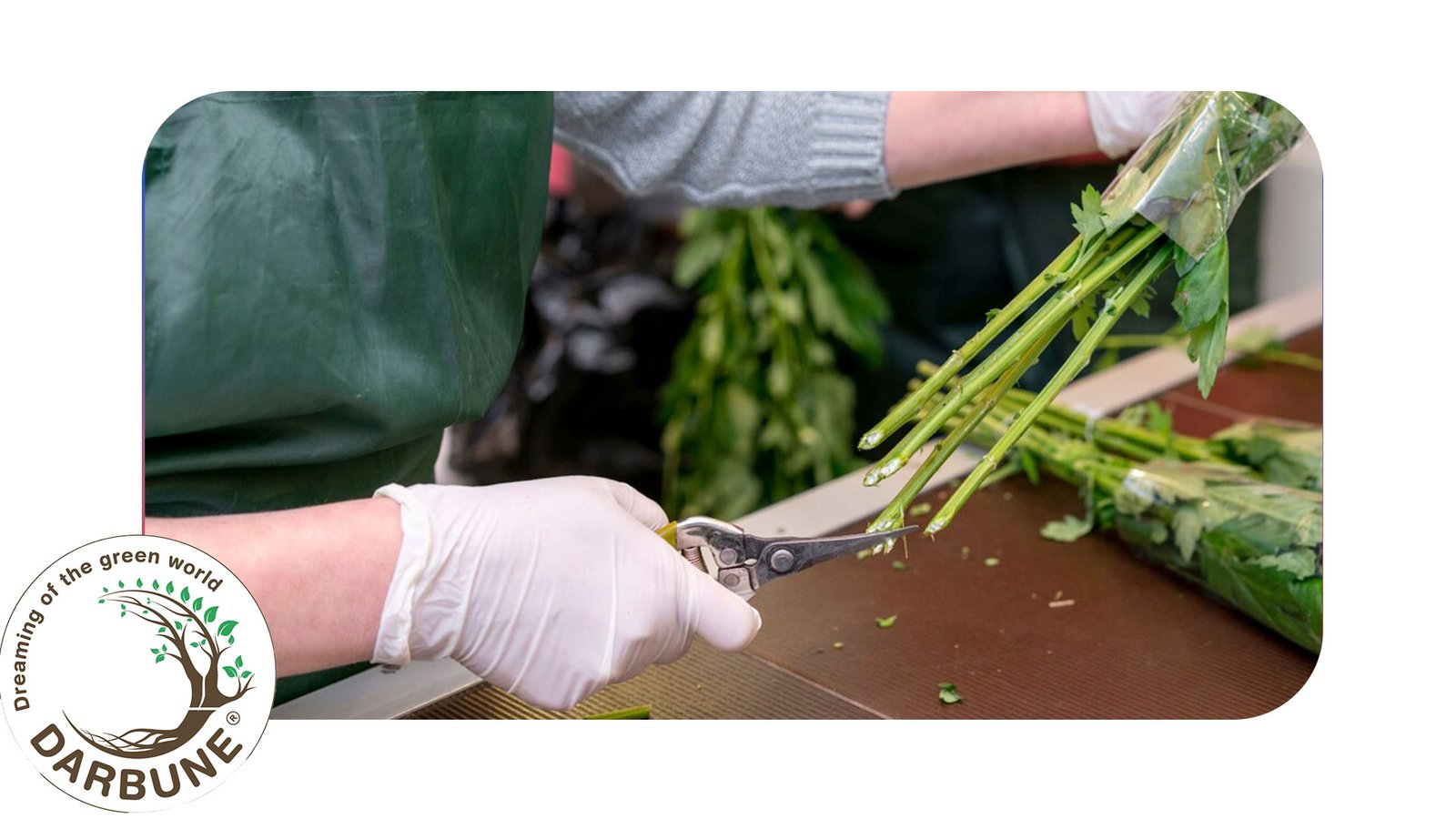
Cycling the System
Before adding fish and plants, the system needs to establish beneficial bacteria:
- Ammonia Stage: Introduce ammonia (from fish waste or external sources).
- Nitrite Stage: Bacteria convert ammonia into nitrites.
- Nitrate Stage: Another bacteria convert nitrites into nitrates (plant nutrients).
Monitoring Water Parameters
- pH Level: Maintain between 6.5–7.5.
- Ammonia & Nitrites: Should be close to 0 ppm.
- Nitrate Levels: Ideal range is 20–40 ppm.
- Temperature: Varies based on fish species (Tilapia: 75–85°F).
Step 6: Stocking Fish and Planting Crops
- Introduce Fish Gradually: Start with a small number and increase over time.
- Planting in Grow Beds: Transplant seedlings instead of direct seeding for faster growth.
- Balancing Fish and Plants: Maintain an appropriate fish-to-plant ratio for optimal nutrient supply.
Step 7: Regular Maintenance and Troubleshooting
Common Issues and Solutions
- Algae Growth: Reduce sunlight exposure and add shading.
- pH Imbalance: Adjust using natural methods like crushed coral or vinegar.
- Fish Diseases: Monitor for signs of stress and treat with safe remedies.
- Pump Failures: Have backup systems in place for emergencies.
Conclusion
Setting up an aquaponic farm requires careful planning and regular maintenance, but the rewards are immense. With the right approach, you can grow fresh, organic produce while cultivating fish in a sustainable, water-efficient system. Start small, learn as you go, and scale up as you gain confidence in managing your aquaponic ecosystem. Whether you want to operate in a backyard, greenhouse, or even a rooftop urban farm, aquaponics is a flexible and scalable solution.

